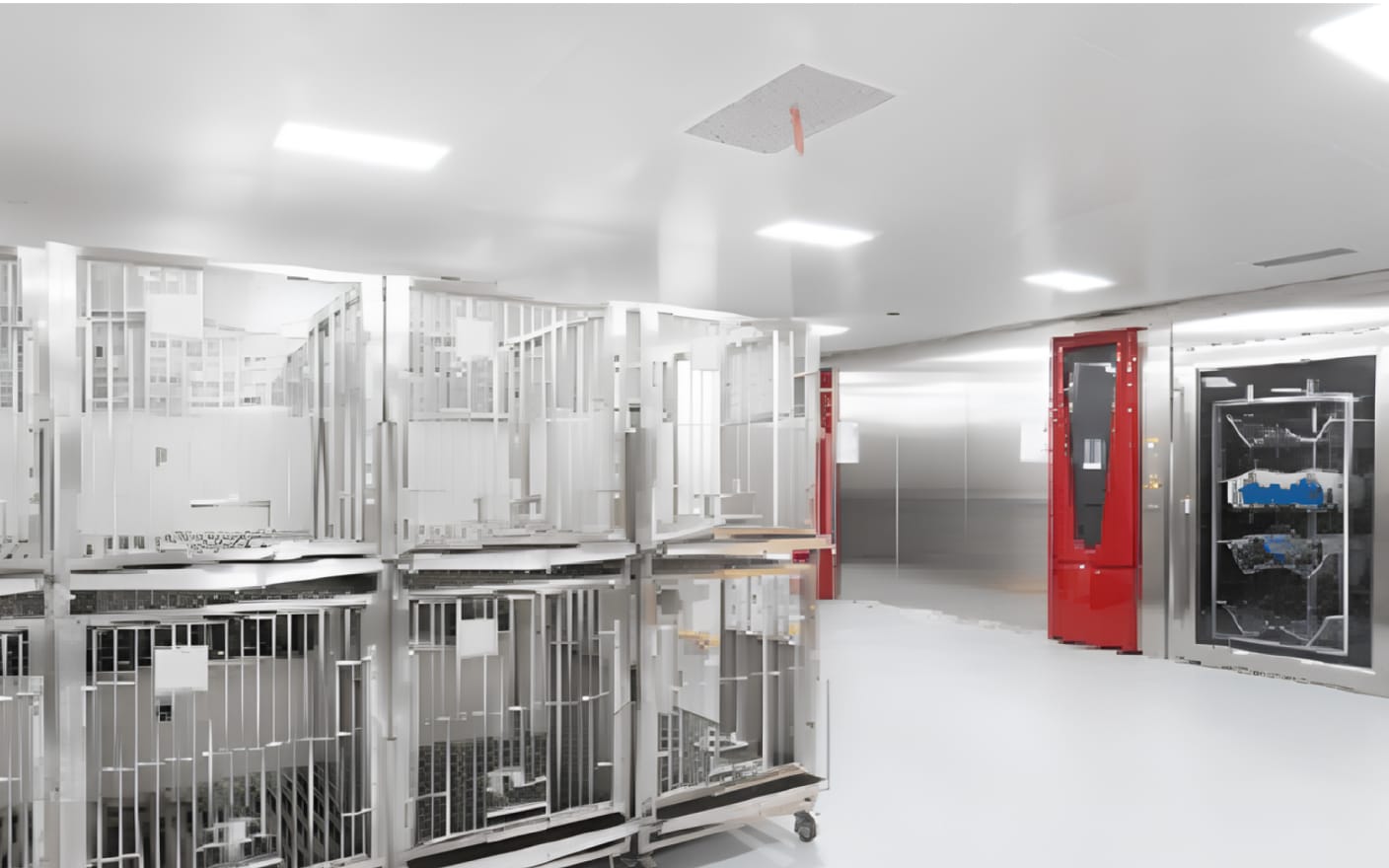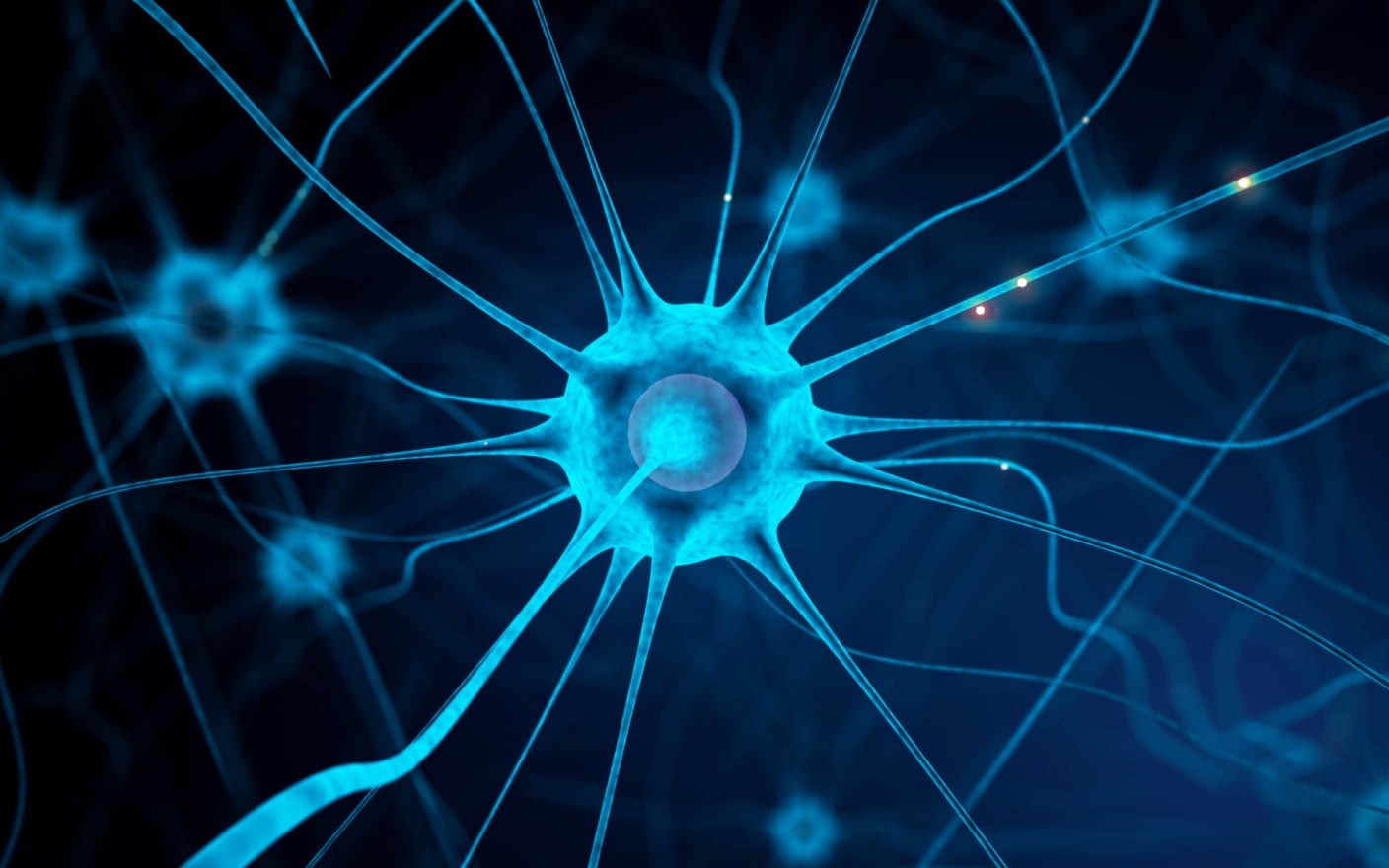IND-enabling testing is a cornerstone of the drug development process, helping researchers predict safety concerns and estimate safe and efficacious starting doses for clinical trials. Planning ahead, understanding the tests you need to conduct, and diligent tracking of all activities are critical to maximize the potential of your IND program.
An Investigational New Drug (IND) application is the first regulatory step drug developers must take when preparing an investigational drug for human clinical studies. According to the Food and Drug Administration (FDA), IND applications must include:
Animal pharmacology and toxicology studies
Manufacturing information
Clinical protocols and investigator information
In this blog, we take a closer look at #1 – the studies required in an IND – as well as tips for planning IND-enabling testing to ensure a complete submission.
What Is IND-Enabling Testing?
During a new drug’s early preclinical development, sponsors have to demonstrate that a compound is reasonably safe for initial use in humans and exhibits pharmacological activity that justifies commercial development.
Data gathered in a series of IND-enabling tests to establish preclinical safety are required to begin first-in-human (FIH)/Phase 1 studies.
IND-enabling testing routinely includes a series of toxicology studies in two species with supporting pharmacokinetic and bioanalytical data, safety pharmacology studies and genetic toxicology. However, a comprehensive IND-enabling program is dependent on your full clinical plan: class of drug, route of administration, dose, duration of treatment and planned indication.
What Does IND-Enabling Testing Include? 3 Key Categories
Generally, there are 3 main categories that IND-enabling studies fall under.
#1. Drug Metabolism and Pharmacokinetics (DMPK)
DMPK studies play an important role in providing a thorough examination of the absorption, distribution, metabolism and excretion (ADME) properties of an experimental drug. Obtaining this information in the preclinical stage helps researchers guide chemical structure optimization and predict in vivo PK properties and drug-drug interaction (DDI) potential in humans.
DMPK studies start in vitro with:
Permeability assays
DDI assays
Stability assays
From there, researchers move on to in vivo studies[CH1] . These are typically performed in animals whose pharmacokinetics is most similar to human, as they will be the most translatable models available to support the transition into human clinical trials. These studies may include:
Non-radiolabeled or radiolabeled mass balance studies
Pharmacokinetics
#2. Toxicology
Preclinical toxicology assessments are critical to the progression of your new drug candidate. Like IND-enabling testing as a whole, your safety assessment program strategy will differ for small molecule and biologic therapies.
For example, small-molecule nonclinical safety programs require general toxicology studies in two species (rodent and non-rodent) as well as mutagenicity and cytogenetic studies to determine genotoxicity. Small molecules can form one or more metabolites in vivo, which could be relevant to human risk.
Biologics, on the other hand, may only require studies in one species, based on availability of pharmacologically relevant animal models. Also, these molecules are not considered to interact with DNA within cells, so genotoxicity studies are not required. Unlike small molecules, these therapies do not form metabolites, but are degraded into peptides or amino acids and/or excreted.
Safety pharmacology
These are tests to determine the effect of the drug on critical organ systems in the body, including cardiovascular, pulmonary, and CNS. Additional systems can be evaluated if a drug is expected to have effects on GI motility, renal function, etc. For small molecules, these are often stand-alone studies; for biologics, these parameters can often be included in the toxicology study designs.
Toxicology studies should include single-dose and repeated-dose tests. To enable initial human trials, additional studies like immunotoxicity and local tolerance studies may also be required.
Following initial studies in humans, additional safety testing will be required for the drug to progress through clinical trials. These include:
Reproductive and development toxicity
Carcinogenicity
#3. Bioanalysis
Preclinical bioanalysis flows through the entire IND-enabling testing process. This involves identifying and quantifying drugs and metabolites in various biological matrices – like blood and plasma. The FDA released guidance for the industry on bioanalytical method validation to help drug developers ensure the bioanalytical quality of their data.
Based on validated methods, researchers need to conduct tissue sample analysis and collect data on through studies including:
Pharmacokinetic and/or toxicokinetics
Immunogenicity
Developing these validated methods according to the FDA’s guidance is an in-depth process in and of itself. WuXi AppTec’s bioanalytical lab has been developing methods and analyzing bioanalytical samples since 2004 to support global preclinical studies.
3 Planning Tips for Efficient IND-Enabling Testing
#1. Start Getting IND-Ready Early
You can (and should) start getting IND-ready even before you have selected the lead compound that will be evaluated for preclinical safety. Even though you don’t know which precise molecule will be selected yet, a consultant or testing partner can help you begin outlining your IND program based on two criteria:
Type of test article: small or large molecule, gene therapy, etc.
Indication: oncology or non-oncology
You should also identify where you intend to file your IND package. For example, when filing with the FDA and the European Medicines Agency (EMA), you can conduct studies that fulfill both agencies’ requirements, instead of having to run studies twice (which would be expensive and time-consuming).
Once you do know your precise molecule, you’ll be ready to start IND-enabling testing without delay. This early preparation will allow you to get started faster and meet key preclinical timelines. This is important because IND-enabling testing is a long and highly detailed process with no shortcuts. It’s critical to plan ahead and build in flexibility in your schedule to stay on a realistic timeline.
#2. Select Your IND-Enabling Testing Partner Early
On a similar note, don’t wait until you need to start testing before you select an IND-enabling testing partner. As mentioned earlier, an experienced partner can help you design your IND program to be as efficient and effective as possible before you even select your specific molecule. Other benefits of working with a partner include:
Avoid delays in study scheduling.
Coordinate moving parts of the overall drug development program.
Determine if there are special considerations or challenges based on your test article, formulation, route of administration, etc.
The biggest challenges drug developers face during the IND-enabling testing process have to do with scheduling and coordination – especially when there are problems with the test article. If your test articles were miscalculated or not developed or shipped in time, you won’t be able to fulfill your planned start date.
While you can’t necessarily control your test article manufacturing, you can control who you work with from the very beginning. WuXi AppTec offers a complete suite of offerings – from manufacturing to IND-enabling testing to New Drug Application submission. The more of the process you have under one umbrella, the better the communication and coordination – and the more likely you can stay on course.
#3. Schedule a Pre-IND Meeting
Prior to initiating the IND-enabling studies, you should schedule a pre-IND meeting with regulatory authorities to get feedback on your plan. This due diligence will ensure that you have covered all necessary bases with your IND program and help you stay on track and on budget.
Conclusion
Every IND-enabling testing program is different, and timelines can vary depending on clinical indication, routes that must be supported, and the molecule you’re investigating. Because of this, it’s important to be aware of the general process and start preparing as early as possible.
Committed to accelerating drug discovery and development, we offer a full range of discovery screening, preclinical development, clinical drug metabolism, and pharmacokinetic (DMPK) platforms and services. With research facilities in the United States (New Jersey) and China (Shanghai, Suzhou, Nanjing, and Nantong), 1,000+ scientists, and over fifteen years of experience in Investigational New Drug (IND) application, our DMPK team at WuXi AppTec are serving 1,500+ global clients, and have successfully supported 1,200+ IND applications.
Talk to a WuXi AppTec expert today to get the support you need to achieve your drug development goals.
Related Services and Platforms




-

 In Vitro ADME ServicesLearn More
In Vitro ADME ServicesLearn More -

 In Vivo PharmacokineticsLearn More
In Vivo PharmacokineticsLearn More -

 DMPK BioanalysisLearn More
DMPK BioanalysisLearn More -

 Physicochemical Property StudyLearn More
Physicochemical Property StudyLearn More -

 Permeability and Transporter StudyLearn More
Permeability and Transporter StudyLearn More -

 Drug Distribution and Protein Binding StudiesLearn More
Drug Distribution and Protein Binding StudiesLearn More -

 Metabolic Stability StudyLearn More
Metabolic Stability StudyLearn More -

 Drug Interactions StudyLearn More
Drug Interactions StudyLearn More -

 Rodent PK StudyLearn More
Rodent PK StudyLearn More -

 Large Animal (Non-Rodent) PK StudyLearn More
Large Animal (Non-Rodent) PK StudyLearn More -

 Clinicopathological Testing Services for Laboratory AnimalsLearn More
Clinicopathological Testing Services for Laboratory AnimalsLearn More -

 High-Standard Animal Facilities and Animal WelfareLearn More
High-Standard Animal Facilities and Animal WelfareLearn More -

 Preclinical Formulation ScreeningLearn More
Preclinical Formulation ScreeningLearn More -

 Novel Drug Modalities BioanalysisLearn More
Novel Drug Modalities BioanalysisLearn More -

 Small Molecules BioanalysisLearn More
Small Molecules BioanalysisLearn More -

 Bioanalytical Instrument PlatformLearn More
Bioanalytical Instrument PlatformLearn More
Stay Connected
Keep up with the latest news and insights.



















